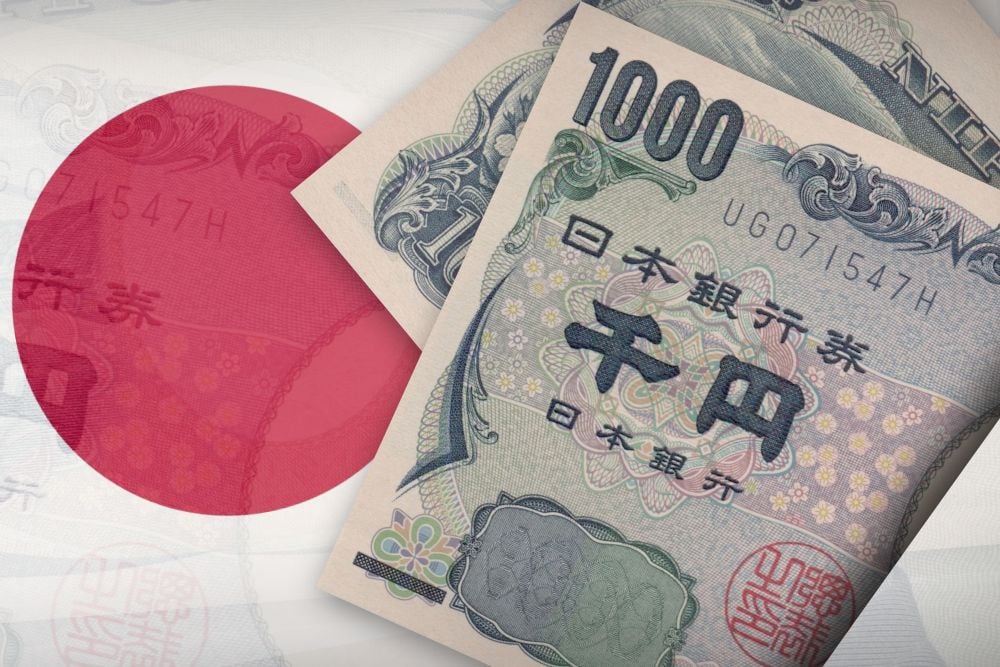 |
|
Emerging market debt finished 2013 in negative territory, a victim of US Treasury volatility spurred by potential changes in Federal Reserve (Fed) policy. The most liquid parts of the asset class—sovereign dollar bonds—have fared the worst given their correlation to treasuries. Fear of the impact of less loose monetary policy has soured investors on the asset class.
Looking ahead into 2014, investors should abandon their reliance on the traditional drivers for outsized emerging market debt returns—steady credit ratings upgrades and a strong US treasury tailwind—and focus instead on significant pockets of value that offer better potential returns than many alternative asset classes.
What just happened?
Until the end of April 2013 the EMBIG index was down only 0.4% for the year. Then came the Fed’s tapering warnings, which led to a nearly 9% drop in the two subsequent months. While the popular press began to talk of an “EM crisis” what in fact was occurring was a re-pricing of all emerging market debt assets in conjunction with an ongoing normalisation of the US interest rate structure. The key point is that crises do not occur when countries and companies continue to have access to debt markets, meaning that default risks remain low as existing debt is re-financed even at slightly higher rates. That process continued even in the depths of the asset price declines, as well as beyond. Currency levels have also greatly depreciated across the asset class, with the exception of Eastern Europe. While this has meant a difficult time for those investors with local currency exposure, the weaker currencies have already begun to adjust external imbalances and should continue to do so thisyear.
Fundamental damage contained
In a world of slower economic growth in general, credit rating upgrades across major parts of emerging markets are unlikely. That does not mean that a steady deterioration in fundamentals from here is inevitable, however. Through the third quarter of 2013, growth for all emerging markets was about 2% higher than that of developed markets, a margin that should hold steady. Most emerging market countries accumulated significant foreign exchange reserves through the good times of the previous decade, and most fiscal accounts are in primary surplus. Current account deficit countries are at most fundamental risk, but the required adjustments of slower economic growth and weaker currencies to close those deficits have already begun to varying degrees.
A new game-plan for EMD investing required
This year should see a continuation of the re-pricing that has occurred, assuming 10-year US treasuries settle in a 3.25% - 3.5% range, which would be a normal level of real interest rates historically. Investors often believe that emerging market debt exposure provides them with a more volatile asset class that reacts differently than their other fixed income investments. 2013 amply demonstrated this is no longer true. About 75% of the EMBIG index, and two-thirds of the corporate index, are investment-grade bonds that trade with high correlations to US treasuries. Therefore, allocating emerging market debt exposure to a manager benchmarked to the primary indices is likely to leave an investor with both emerging market-specific volatility coupled with significant US treasury rate risk.
We think exposure to the widest possible opportunity set in emerging markets is the best way to avoid this risk, and gives the highest probability of achieving attractive absolute returns.Emerging market corporate debt should continue to be the lowest volatility part of the asset class as cross-over investors from the high yield universe gain exposure to bonds that out-yield their index by well over 100 basis points. A diversified basket of corporate bonds with maturities of seven years or less can be constructed that offers much higher yields than other fixed income alternatives, while avoiding interest rate risk.
Sovereign debt is likely to underperform, assuming US treasuries continue to adjust. Spreads to treasuries are now about average compared to historical levels, and do not offer a margin of safety sufficient to compensate for risks, in our view. Some non-investment grade countries will offer substantial value for short duration debt as long as market access is available. Local currency investing will remain volatile, in our view. We think a mix of currency funding sources, including periodically shorting current-account deficit countries, can mitigate volatility substantially. Local currency rates are probably the most attractive part of the opportunity set and stable markets would likely see substantial rates compression in markets that have sold off simply on the back of US treasury moves.
James Barrineau is co-head of emerging markets debt relative at Schroders









